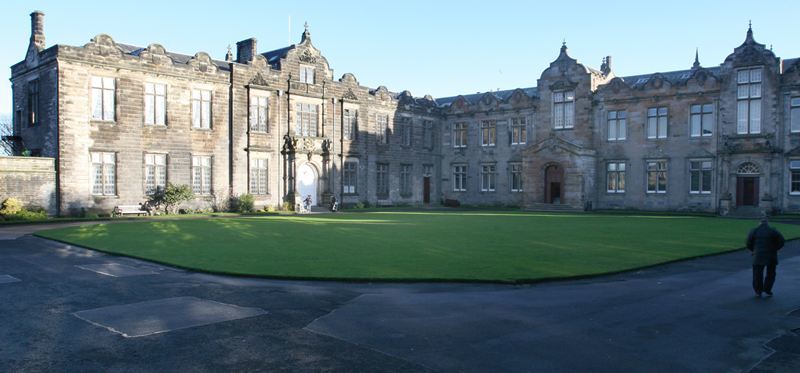St Andrews has retained its place as the top Scottish university, according to a new guide.
It also remains the sixth highest ranked university in the UK and the only Scottish seat of learning in the top 10 according to the Complete University Guide to the UK’s 116 universities.
In separate listings for the leading universities and higher education institutions, covering 62 subjects, St Andrews was in the top 10 for 21 of the 25 it offers.
Nationally, the top 10 British universities are Cambridge, Oxford, Imperial College London, the London School of Economics, Durham, St Andrews, University College London, Warwick, Lancaster and Bath.
Elsewhere in Scotland, there were mixed fortunes for Edinburgh and Glasgow.
Edinburgh has slipped down the ranks from 11th to 13th in the UK league, while Glasgow University climbed from 26th to 21st.
There were significant falls for Edinburgh Napier and Queen Margaret universities, from 74th to 84th and from 77th to 87th respectively.
Heriot Watt has fallen four places to 38, Strathclyde five to 40 and Aberdeen two to 46.
Dundee gained two places to be ranked 43rd, Stirling rose seven to take 45th spot, Glasgow Caledonian was up three in 76th place and Abertay Dundee rose from 98 to 95. Robert Gordon remained in 51st position.
The recession has had an impact on places this year compared to 2010, the guide warned.
Many of the changes can be attributed to the impact of the economic downturn on graduate employment prospects, it said.’Informed choice’The proportion of UK-domiciled first degree graduates going on to graduate-level employment or further study has fallen steadily over the past few years, from 68.5% in tables published in 2009 to 66.3% last year and to 63.9% in the current tables.
This has resulted in major falls for some universities, while others have had some success in bucking the trend by devoting extra resources to employability.
The guide’s principal author, Dr Bernard Kingston, said, “The employment market for graduates over the past year or so has been challenging and this is reflected in the rankings.
“Some universities have been able to maintain their domination of so-called graduate jobs, either because of their strong reputation among employers, or through the efforts they have made to overcome the effects of the recession.”
He added, “In other cases, graduates are clearly trading down to find work in areas that are not defined as graduate employment.”
Nova Jayne Heath, director of Robinson Digital Publishing, said, “With a competitive employment market and considerable uncertainty over the future shape of the university sector, the guide gives applicants reliable and comprehensive information on which to base an informed choice of course.”
Data for the rankings has been derived from official sources and has been checked with the universities themselves to create an independent and authoritative league table designed to match applicants’ needs.
The main table is based on nine measures students’ satisfaction, research assessment, entry standards, student to staff ratio, spending on academic services, spending on facilities, good honours degrees achieved, graduate prospects and completion.
Subjects tables are based on four criteria student satisfaction, research assessment, entry standards and graduate prospects.
